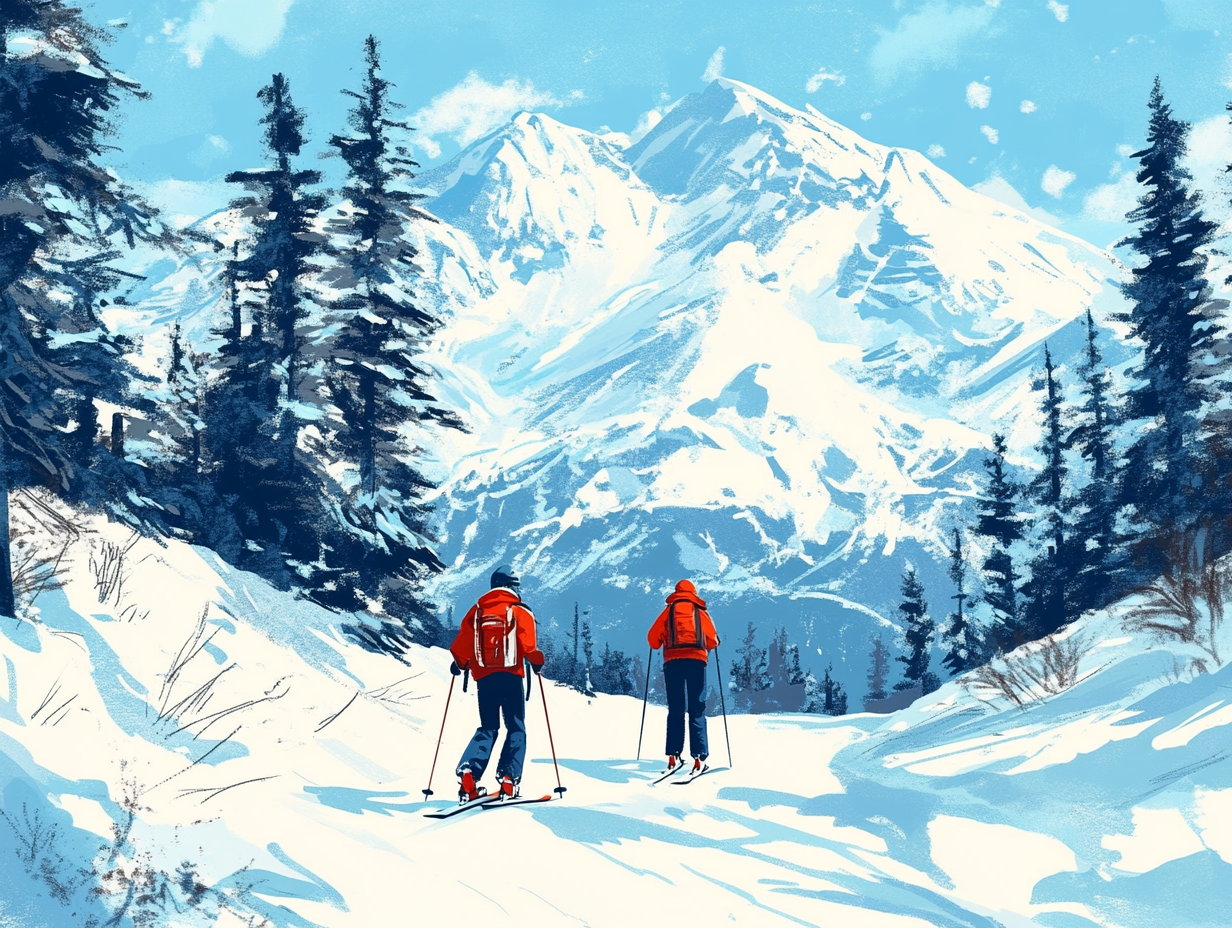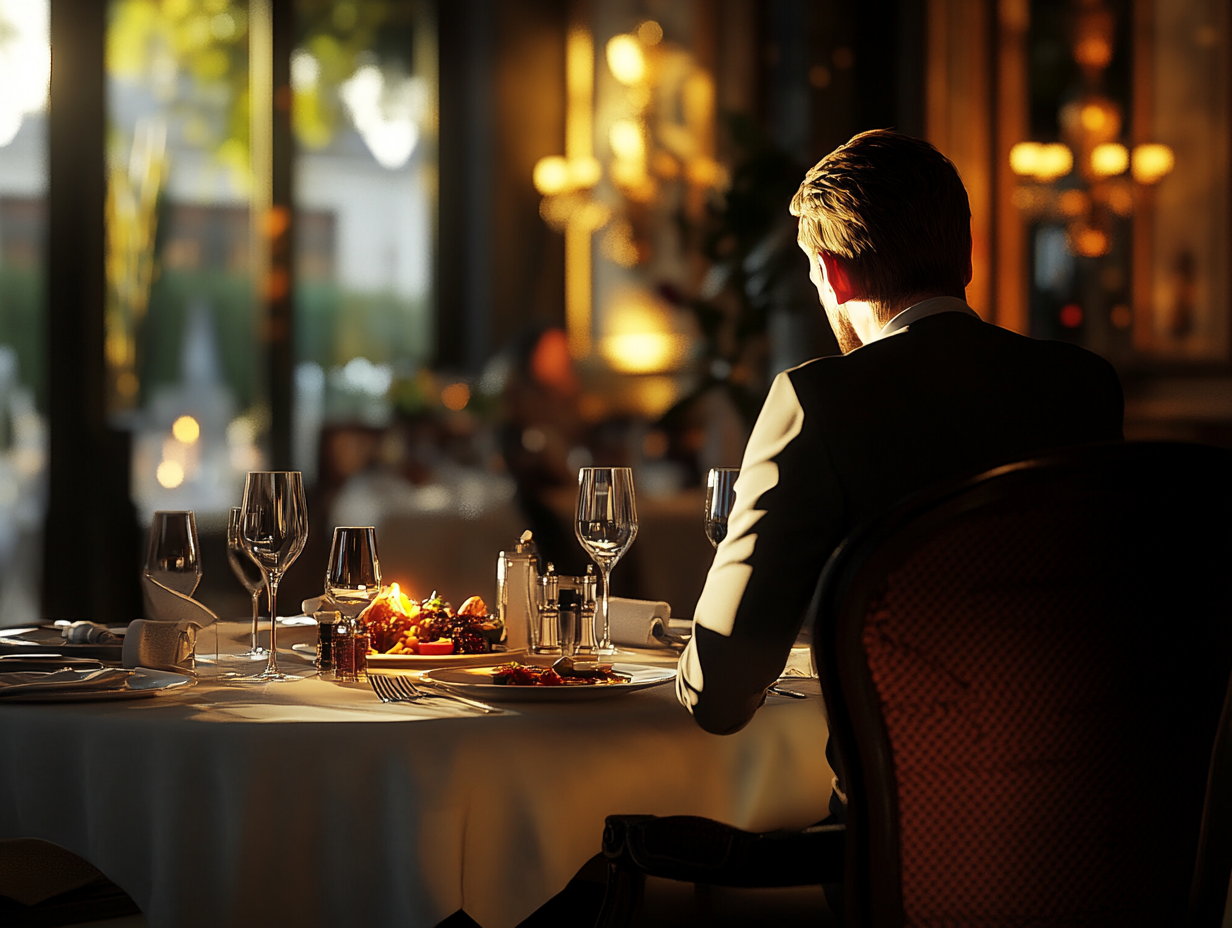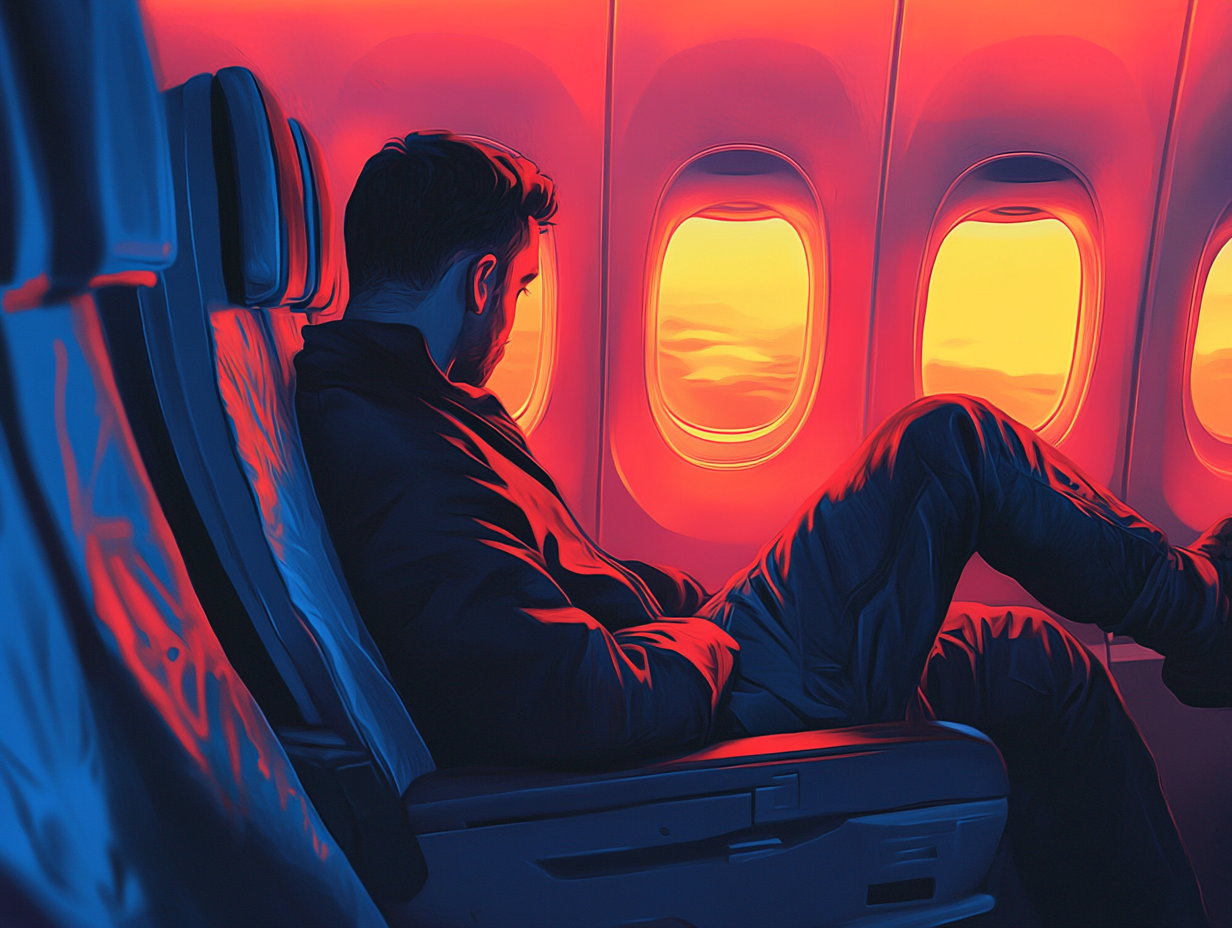A back-door strategy to the Alps, ski school tips for kids, and money-saving hacks to put to use this winter.
Now that the snow guns are powered up at most ski resorts in North America, it’s time to get some trip dates in the books. We all know that ski vacation-planning is complicated: There’s airfare, car rentals, lodging, lift tickets, ski school, and off-slope activities to wrangle, and that’s not even taking into account your ski equipment—should you lug it from home or demo when you get there?
While there’s no magic wand—aside from hiring a travel agent—there are some hacks we’ve uncovered after decades of ski travel. From tips for ensuring smooth air travel during unpredictable winter weather to making sure your little ripper’s first ski school experience is a positive one, these seven nuggets of wisdom aim to help you have a less stressful, more relaxing ski trip this winter.
SKI’’s Top Travel Hacks For Smooth Ski Vacation Planning
Hack #1: Reduce the Odds of Your Flight Getting Canceled or Delayed
While you can’t control the weather, booking travel on the largest available aircraft, may allow you and your crew to punch through storms that typically sideline smaller vessels. That’s especially worth remembering whenever you’re weighing the difference between flying directly into a ski resort (such as Steamboat) or taking ground transportation from the nearest major city. If tiny planes are your only option into the resort airport, you may be better off taking a bigger plane to the city and completing the trip via a shuttle van, which is generally more likely to make the journey through snowy, stormy conditions.
Hack #2: Skip the Car Rental on Your Next Ski Trip
While many aspects of travel have returned to their pre-pandemic norms, car rentals have remained stubbornly high. Experts attribute it to the global vehicle shortage caused by pandemic-related supply chain issues, limiting the number of cars the rental companies could buy. In other words, good ol’ supply and demand. That said, some resorts are more easily navigable without a car than others, so be sure to choose wisely.
Hack #3: Ensure Your Child Has a Positive Ski School Experience
Always be completely honest about your child’s skiing ability. If your learner never got off the bunny hill last year, don’t sign them up for ski school saying they turn down greens. The ski school will likely have a projected progression for the age/experience level of your skier, which helps the ski school group students together and pair students with the appropriate instructor with the appropriate certifications. If you fudge your student’s ability, this will only slow down the lesson and your child’s progress, since they might have to be shuffled into another class mid-day, and end up feeling like they failed. That’s no way to grow a lifelong love of skiing.
Hack #4: Slash Your Lodging Costs in Half This Winter
With ski-town lodging costs higher than ever, it’s no wonder that many skiers are looking to pare down vacation costs this winter. One way to do this is to opt to stay in a nearby ski town rather than right at the base of the slopes. This can easily shave 50 percent or more off of your lodging costs. These “second ski towns” often have great public transportation to the resorts, often utilized by resort employees, and can be a great way to stretch your dollar this winter.
Hack #5: Look Beyond Epic and Ikon for Low-Cost Passes With Great Benefits
Most skiers think there are two major pass options—Epic and Ikon—plus a few more second-tier products you can add on, such as the Indy Pass, Mountain Collective, and Power Pass. What most of the general skiing public doesn’t know about are the myriad resort season passes that offer reciprocal skiing benefits at partner resorts spread all across the continent, and in some cases, around the world. While they’re not direct competitors to the Epic or Ikon passes, these passes could have appeal as complementary products that are affordable and serve up additional low- to no-cost ski days at destinations that might surprise you.
Hack #6: Consider This Back-Door Option to Cut Airfare to Europe
For many American skiers, a ski trip in the European Alps is a dream-worthy adventure. But flights to the traditional European ski cities (Zurich, Milan, Munich, or Vienna) are pretty pricey. As of last winter, there’s a cheeky little hack you can take advantage of: the Eurostar London Ski Train. Score yourself a cheap fare to London, take the scenic train to the French Alps, and save yourself a chunk of change.
Hack #7: Escape the Crowds and Still Use Your Ikon and Epic Pass
The heavy hitters that draw crowds on the major multipasses do so for good reason. (We’re looking at you Aspen, Vail, Jackson Hole, Breckenridge, Big Sky, et al.) There’s no shortage of world-class terrain, amenities, and events at the most well-known ski resorts on the continent. But with that comes world-class crowds and a less, well, soulful experience. While the big-ticket trips to the marquee destination resorts will always be a highlight, you might be surprised by how some of the lesser-known ski areas will worm their way into your heart.



